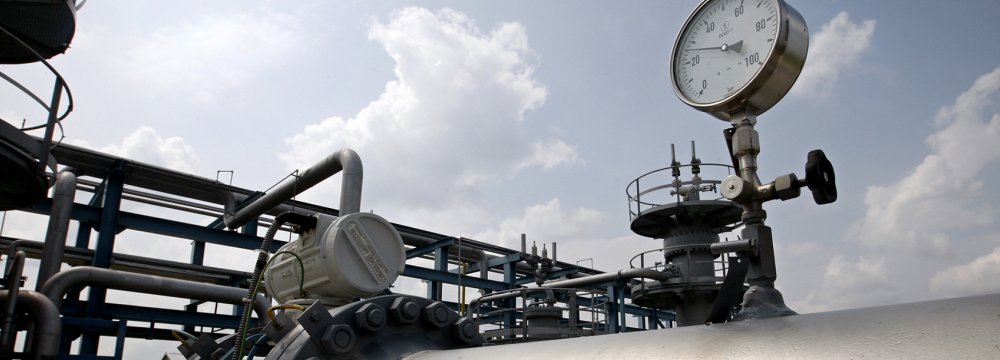In line with policies to provide the country's deprived and least-developed regions with natural gas, Zabol in the southeastern Sistan-Baluchestan Province will join the national gas network by next fall.
Hamidreza Araqi, managing director of the National Iranian Gas Company, made the statement on Saturday, Shana reported. Araqi noted that the design of Zabol and Khash gas transmission pipelines, both in Sistan-Baluchestan Province, has been completed and the pipe-laying work, worth $450 million, will commence by the end of the current Iranian fiscal (March 20, 2018). Pointing to the 265-kilometer Iranshahr-Zahedan gas pipeline inaugurated in March, Araqi said the pipeline to Zabol will branch off from the Zahedan pipeline and domestic contractors will play a key role in implementing the plan.
"The new pipeline will be an extension of Iran Gas Trunkline 7 that has already been stretched from Asalouyeh in Bushehr Province to Zahedan, pumping natural gas from the giant South Pars field in the Persian Gulf," he said.
Reportedly, more than 4,000 subscribers have been added to the natural gas grid in Zahedan since March and 32 more villages will join the network in the near future. According to the official, the pipe-laying project from Iranshahr County in the province for pumping natural gas to the port city of Chabahar is being implemented at an estimated cost of $580 million.
"As soon as the venture is fully launched, Iranshahr and Zahedan power plants will be provided with natural gas as feedstock, which will in turn curb liquid fuel consumption by as much as 20 million liters per annum," he said.
CNG Feedstock
Asked about supplying compressed natural gas as feedstock to the gas-fired Chabahar power plant (in Sistan-Baluchestan Province), the official said, "Upon the completion of operations at an estimated cost of $200 million, close to 2 million liters of CNG will be delivered to the plant per day. Transferring this volume of CNG requires at least 100 trucks per day and the initiative will create 500 jobs directly."
According to the official, the power station currently receives part of its feedstock from a 14-inch pipeline stretching 20 kilometers from the port of Chabahar off the Sea of Oman.
"Using CNG in power stations stabilizes the supply of feedstock to power plants and also helps rein the considerable costs of pipeline design and construction," he said, noting that the measure obviates the need for making huge investments in gas transportation infrastructure.
"In this new method of feedstock supply, it is imperative to build CNG storage tanks at or near the power plant," he added.
Using CNG for electricity generation is in line with plans to replace polluting feedstock, such as mazut and diesel, with cleaner and more eco-friendly fuels at power stations and refineries. CNG is made by compressing natural gas and is composed primarily of methane. Unlike natural gas, which is typically transported through pipelines, CNG is carried via ships or land routes using special trucks.
Around 80% of thermal power plants in Iran reportedly burn natural gas for electricity generation.
Araqi said CNG transportation is an efficient and cost-effective means of gas supply to remote and deprived regions, notably Sistan-Baluchestan Province in southeast Iran.











Add new comment
Read our comment policy before posting your viewpoints